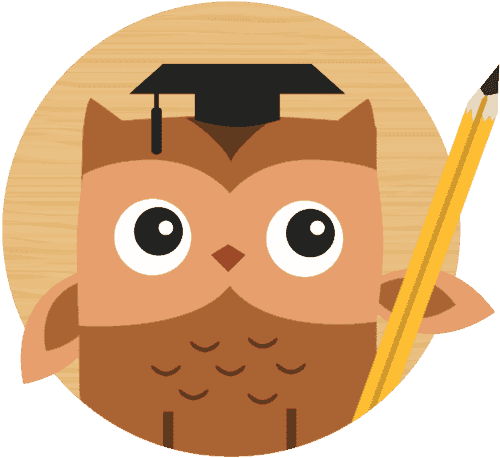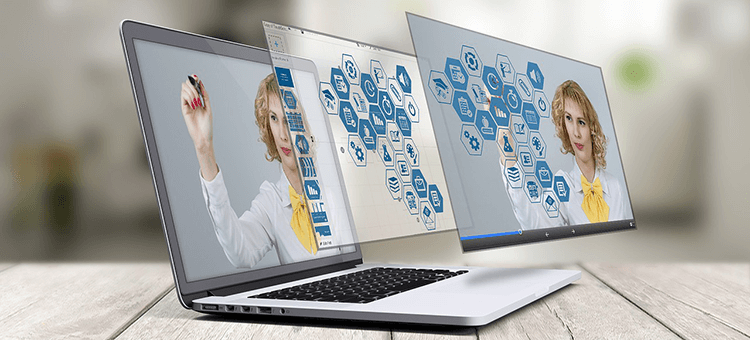In today’s millennial world, there is no question that technology has become a part of our everyday lives. Technology has greatly affected and impacted the way things are presented and taught in the classroom. Not only can tablets, apps, and interactive whiteboards be learning tools for students, but they can be additional teaching tools for teachers. Introducing technology allows teachers to have a unique instructional model which enables them to communicate and teach in a more efficient way even when the class isn’t in session.
As a teacher, making use of technology in the classroom allows students to take greater control of their education because tools like tablets and laptops encourage interactive and hands-on learning. Integration of technology with the classrooms have increasingly helped the educators to design lesson plans that reach a variety of learners with unique learning styles. Traditionally, classrooms have been nearly isolated, and collaboration has been very much limited to other students in the same classroom. Today, technology enables forms of communication and collaboration far better by allowing students to focus on instructions offered by them.
5 Ways Technology Has Improved Teaching Methods:
Technology has helped teachers improve their students learning processes in a number of ways. Some of them are:
1. Education – Not limited to classrooms:
Technology has given teachers the accessibility to communicate and teach students even when they are not in class. Teachers can reach and engage with students through email, Twitter, or classroom forums like BlackBoard, Google Classroom, and other interactive apps. Students being interconnected with the teachers can correlate whatever they have learned with the real world. Even during weekends and holidays, teachers can assign reading and learning practices by creating a study or community group. With this anywhere, anytime education model, teachers are able to offer their students with a more improved dynamic learning experience.
2. No More Textbooks:
With the advent of technology, the use of textbooks has been considerably reduced. Many schools have even stopped relying on manual books. Teachers are creating content and distributing it to the students through the internet, community or study groups and through educational apps. These virtual reading materials have interactive images, examples, and videos that cannot be provided by traditional books. The learning synergies of the students get elevated and they learn better.
3. Technology Makes Learning More Practical:
Teachers are no longer restricted to just teaching the content and giving homework to the students. Instead, with the use of technology, teachers can provide learning instructional materials like presentations, recorded lectures, PowerPoints and presentations that could help them to become independent learners. By harnessing the power of technology, instead of just imparting the information to students, teachers are turning out to be guides and resources for their practice works which is a really a unique facet of technology over education.
4. More Personalized Learning Experience:
An important hurdle for teachers and educators today is addressing the individual needs of the students. Each student has unique learning needs and they have to be trained based on those needs. With technology, it is easy for teachers to tweak lessons and materials to each individual student’s’ needs and interests thus offering them a more personalized learning experience. WhizRead is an amazing iPad app designed for young readers with a more personalized experience that can help teachers offer students transparent and ubiquitous learning lessons that are tailored to students. This helps them improve their learning abilities and reading attributes.
5. Increased Teacher – Student Cohesion:
Using technology makes learning collaborative and offers opportunities for students to work as teams which provides an increase in cohesion between the teachers and students in general. They can collaborate with students and can address their special learning needs by offering cross-curricular learning experiences that help them to excel in their academic as well as real-life situations. Technology, by breaking down the traditional academic barriers, helps teachers to become a facilitator for each student’s enriched learning experience.
Helping Students to Prepare for their Future:
Teachers are the primary educators for students and they hold endless accountability because that is how students to prepare themselves for their future in school and life. Technology helps teachers to provide an endless supply of information and resources. Introducing technology in classrooms does have some challenges, but as a teacher, it is their core responsibility to cope up with the latest educational tools. Teachers have to understand it well enough so that they can envision what their students’ needs might be.
For instance, WhizRead is a next-generation iPad app offering more intuitive learning experiences to students. It is very user-friendly and teachers can start using it and play around within minutes. With this app, you can monitor your students learning activities and provide them with reading exercises to gradually improve their reading comprehension. This type of effective technology can undoubtedly increase the student-teacher relationship and be a vital catalyst in transforming their academic abilities.

